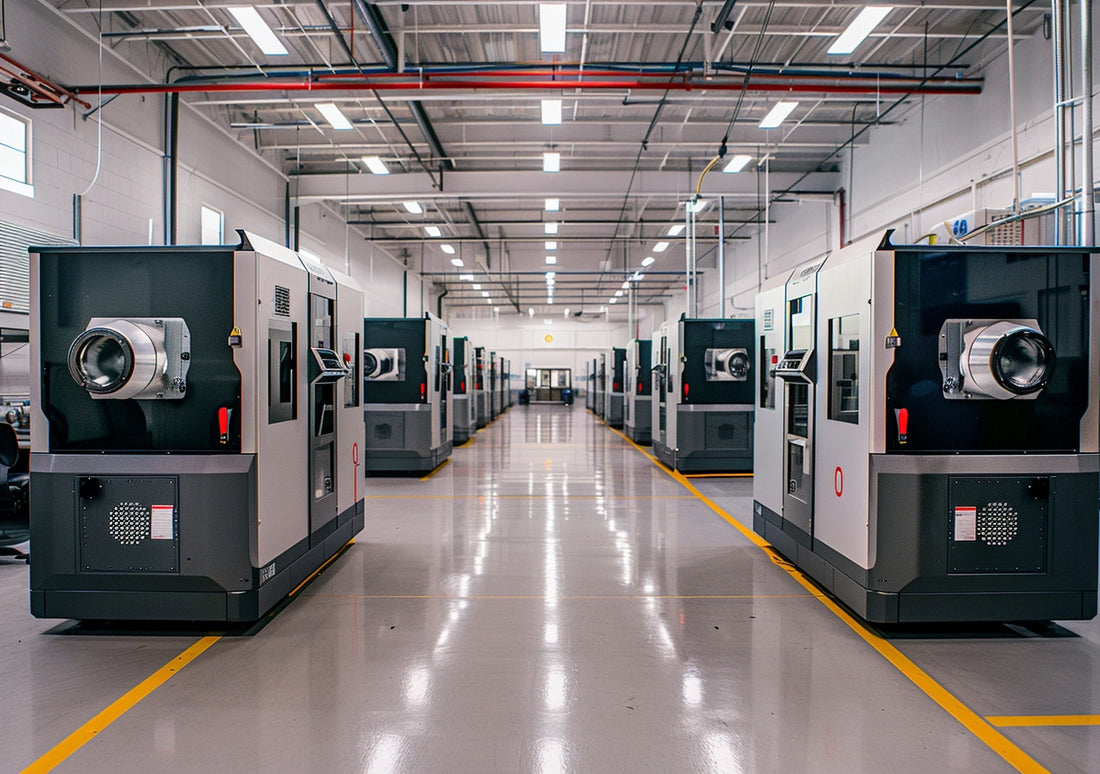
Evolution in Action: Innovations and Developments in Carbide Burr Technology
Share
Introduction:
Carbide burr technology has undergone significant evolution over the years, driven by advancements in materials, manufacturing techniques, and design innovations. These developments have revolutionized the capabilities and performance of carbide burr bits, empowering users to tackle increasingly complex machining tasks with precision and efficiency. In this illuminating blog post, we'll explore the latest innovations and developments in carbide burr technology, highlighting the advancements that are shaping the future of machining and fabrication.
Unveiling Innovations:
1. Advanced Carbide Formulations:- Innovations in carbide formulations have led to the development of advanced materials with enhanced wear resistance, toughness, and thermal stability.
- Manufacturers are leveraging state-of-the-art metallurgical techniques to engineer carbide substrates tailored to specific machining applications, ensuring optimal performance and longevity.
- Nano coatings and surface treatments are revolutionizing carbide burr technology by providing superior lubricity, corrosion resistance, and thermal insulation.
- Cutting-edge coating technologies such as diamond-like carbon (DLC) and nanocomposite coatings are enhancing the durability and performance of carbide burr bits in demanding machining environments.
- Geometric design optimization is driving improvements in cutting efficiency, chip evacuation, and tool life by optimizing the geometry of carbide burr bits.
- Innovations such as variable helix angles, chipbreaker designs, and optimized flute geometries are minimizing cutting forces, reducing heat generation, and improving surface finish quality.
- Manufacturers are developing application-specific carbide burr solutions tailored to the unique requirements of industries such as aerospace, automotive, medical, and woodworking.
- Customized tool geometries, coatings, and cutting parameters are enhancing productivity, quality, and cost-effectiveness in specialized machining applications.
Conclusion:
The pace of innovation in carbide burr technology shows no signs of slowing down, with manufacturers continually pushing the boundaries of performance and functionality. From advanced carbide formulations to nano coatings, geometric design optimization, and application-specific solutions, these innovations are revolutionizing the capabilities of carbide burr bits and empowering users to achieve unparalleled precision and efficiency in their machining and fabrication endeavors. As the evolution of carbide burr technology continues, the future promises even greater advancements and possibilities for the world of manufacturing.




